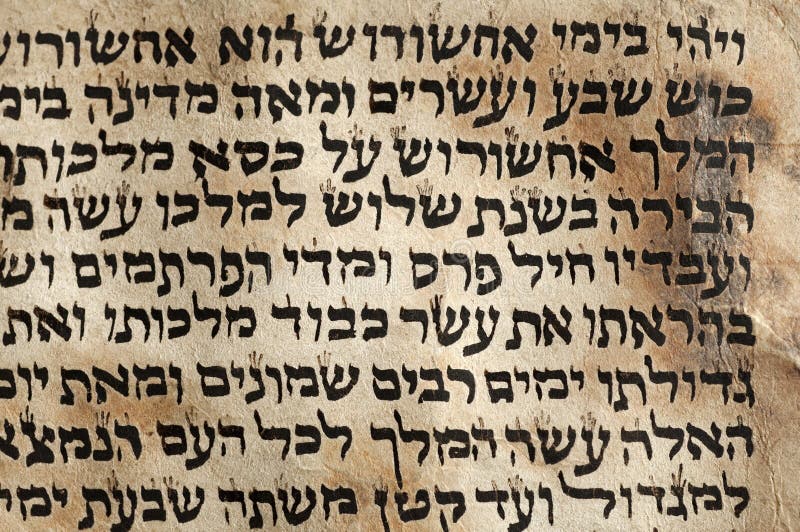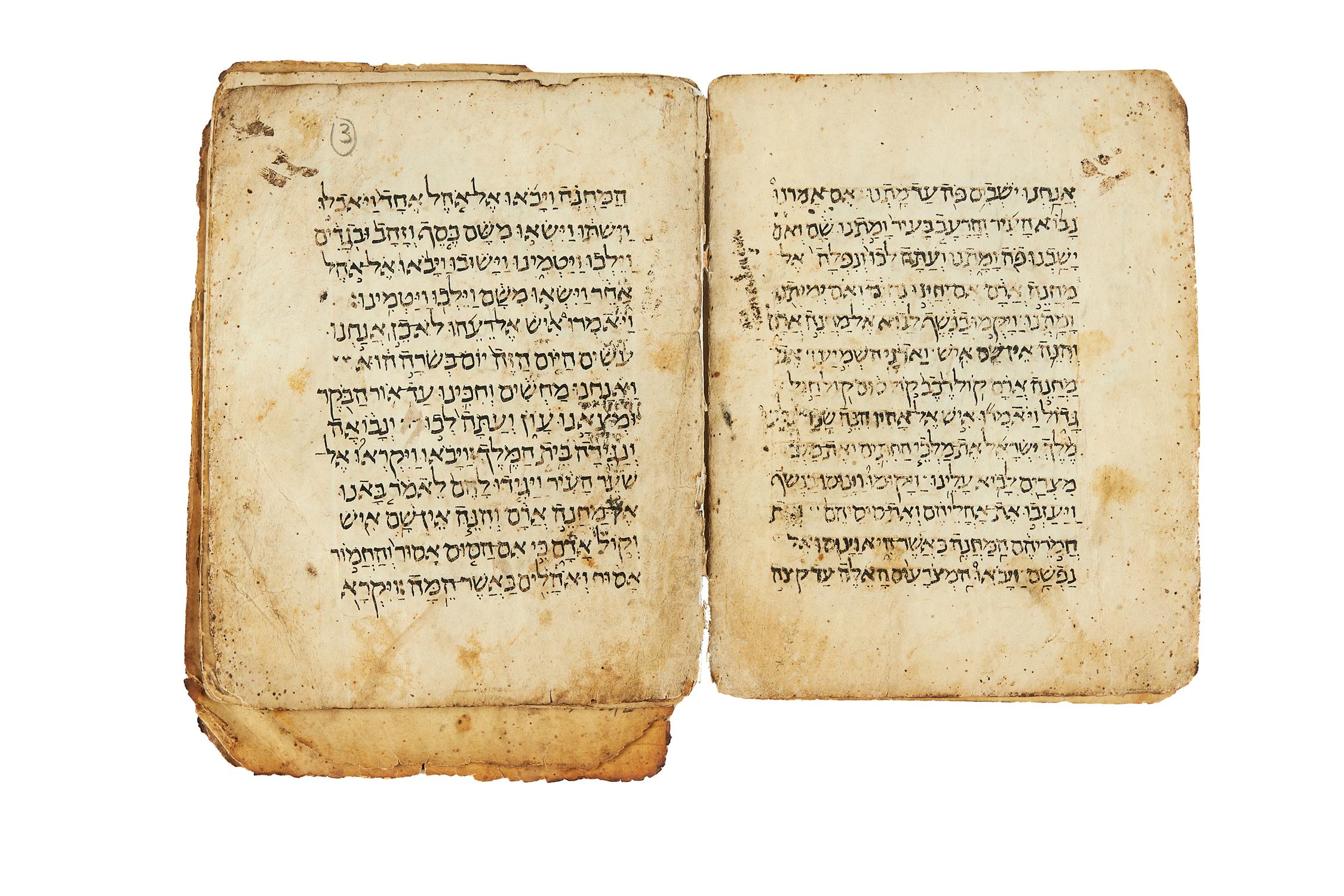

Thus Eusebius informs us of the actual words Jesus spoke to his disciples in Matthew 28:19. Oxy.The following excerpts come from an unaltered book of Matthew that were most likely copied from the original manuscripts written by Matthew. Violet color indicates high resolution ultraviolet images available online. Light gray color indicates black/white or microfilm images available online. Light tan color indicates only a small fraction of manuscript pages with color images available online. Tan color indicates high resolution color images available locally, not online. Gold color indicates high resolution color images available online. The quality and accessibility of the images is as follows: Digital images are referenced with direct links to the hosting web pages.Manuscripts in light pink rows belong to the Chester Beatty Papyri ( 𝔓 45, 𝔓 46, 𝔓 47, 𝔓 97, 𝔓 99) Manuscripts in light cyan rows belong to the Bodmer Papyri ( 𝔓 66, 𝔓 72, 𝔓 73, 𝔓 74, 𝔓 75) Manuscripts in beige rows belong to the Oxyrhynchus Papyri

For instance, 𝔓 52 contains 5 verses out of the 40 verses in John chapter 18. Thus, many of the papyri are small fragments, not whole chapters. Content is given to the nearest chapter verses are sometimes listed.Dates are estimated to the year range shown.The P-numbers are the standard system of Gregory-Aland.List of all registered New Testament papyri

Įvery papyrus is cited in Nestle-Aland Novum Testamentum Graece. 𝔓 12, 𝔓 42, 𝔓 43, 𝔓 62, 𝔓 72, and 𝔓 99 belong to other miscellaneous texts, such as writing scraps, glossaries, or songs. Not all of the manuscripts are simply New Testament texts: 𝔓 59, 𝔓 60, 𝔓 63, 𝔓 80 are texts with commentaries 𝔓 2, 𝔓 3, and 𝔓 44 are lectionaries 𝔓 50, 𝔓 55, and 𝔓 78 are talismans and 𝔓 10, These early manuscripts are more complete, allowing scholars to better examine their textual character. Īlso significant are the Bodmer Papyri: 𝔓 66, which contains the Gospel of John and 𝔓 75, which contains the Gospels of Luke and John. All of these are thought to date from sometime in the third century. As of 2021, a total of 141 papyri are known, although some of the numbers issued were later deemed to be fragments of the same original manuscript.Īmong the most important are the Chester Beatty Papyri: 𝔓 45, which contains the Gospels and Acts 𝔓 46, which contains the Pauline epistles and 𝔓 47, which contains the Book of Revelation. in 1963 enumerated 76 papyri, in 1989 there were 96 known papyri, and in 2008 124 papyri. Kenyon in 1912 knew 14 papyri, Aland in his first edition of Kurzgefasste. The discoveries of the twentieth century brought about the earliest known New Testament manuscript fragments.

These 9 papyri were just single fragments, except for 𝔓 15, which consisted of a single whole leaf. Before 1900, only 9 papyri manuscripts were known, and only one had been cited in a critical apparatus ( 𝔓 11 by Constantin von Tischendorf). This number refers not to the age of the papyrus, but to the order in which it was registered. The grouping was first introduced by Caspar René Gregory, who assigned papyri texts the Blackletter character 𝔓 followed by a superscript number. This elite status among New Testament manuscripts only began in the 20th century. In general, they are considered the earliest witnesses to the original text of the New Testament. A New Testament papyrus is a copy of a portion of the New Testament made on papyrus.


 0 kommentar(er)
0 kommentar(er)
